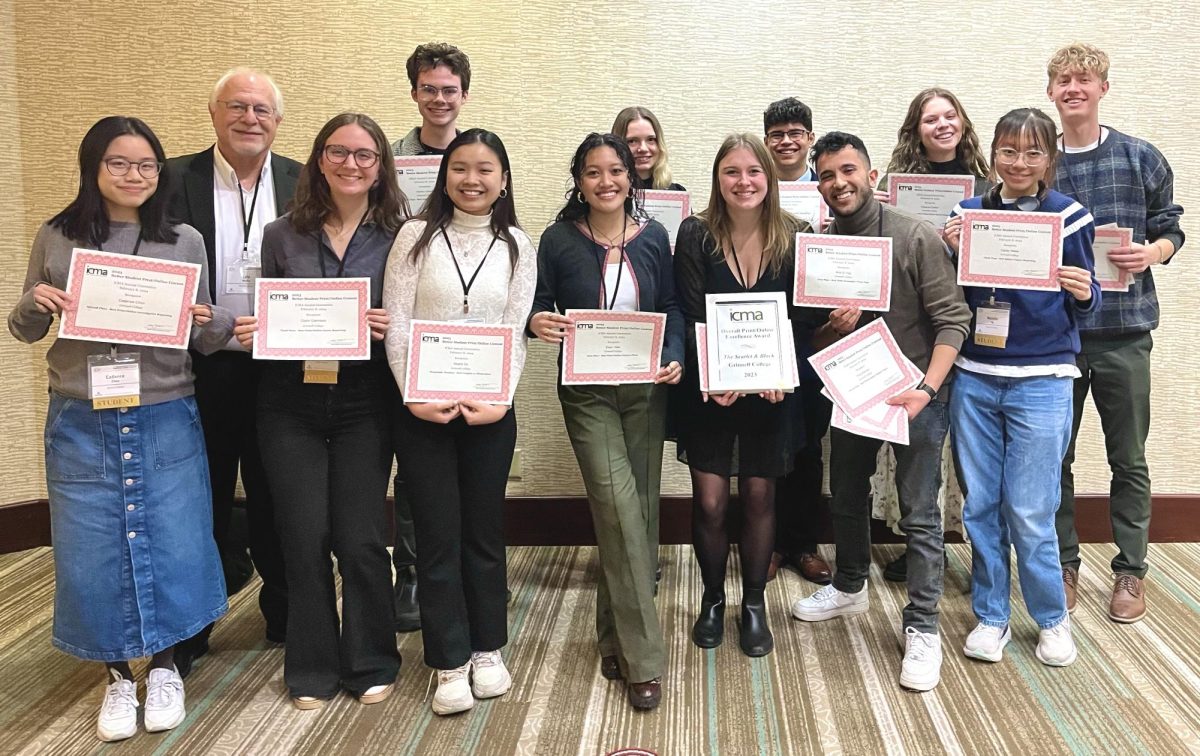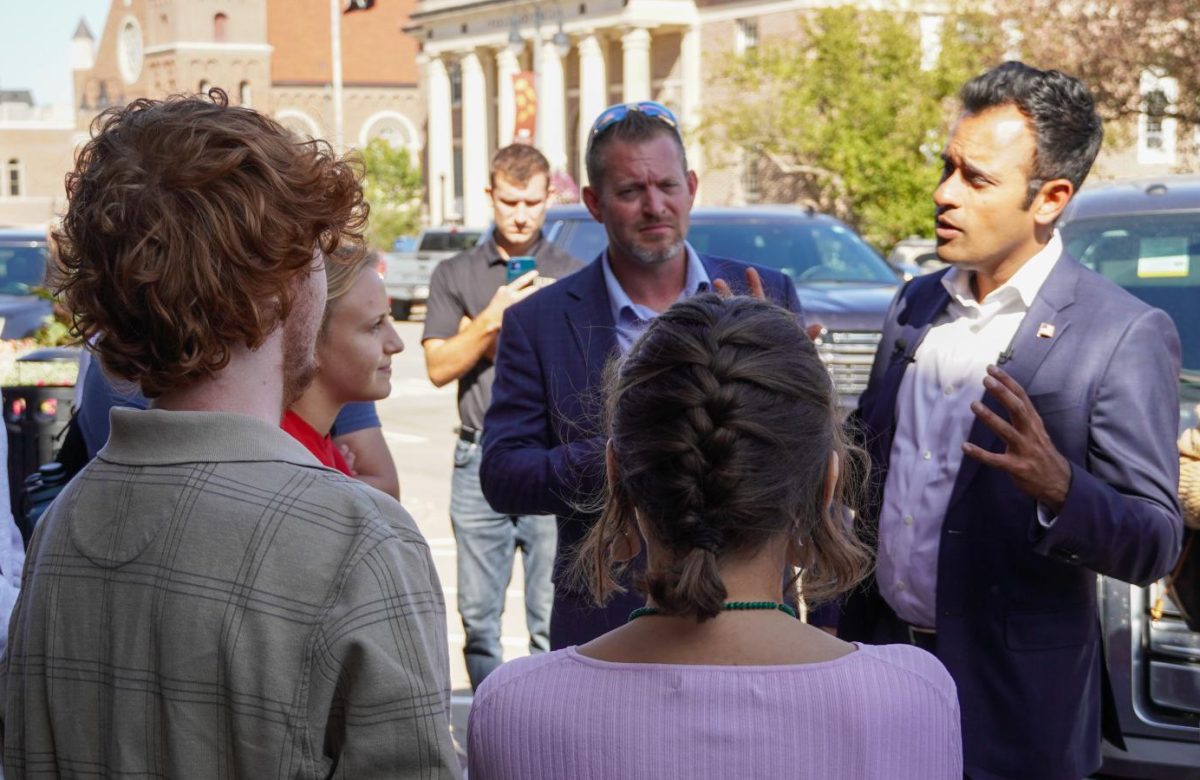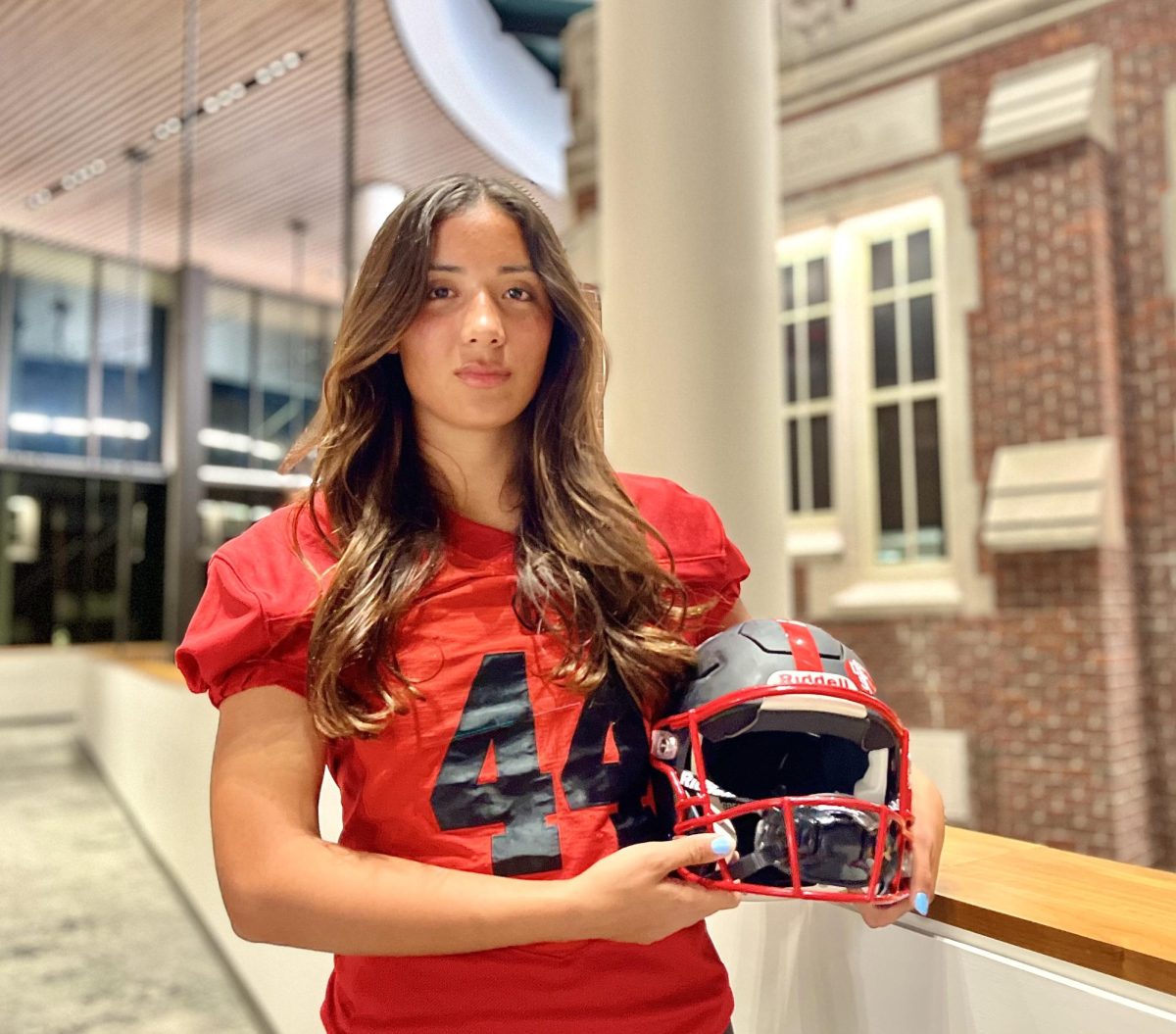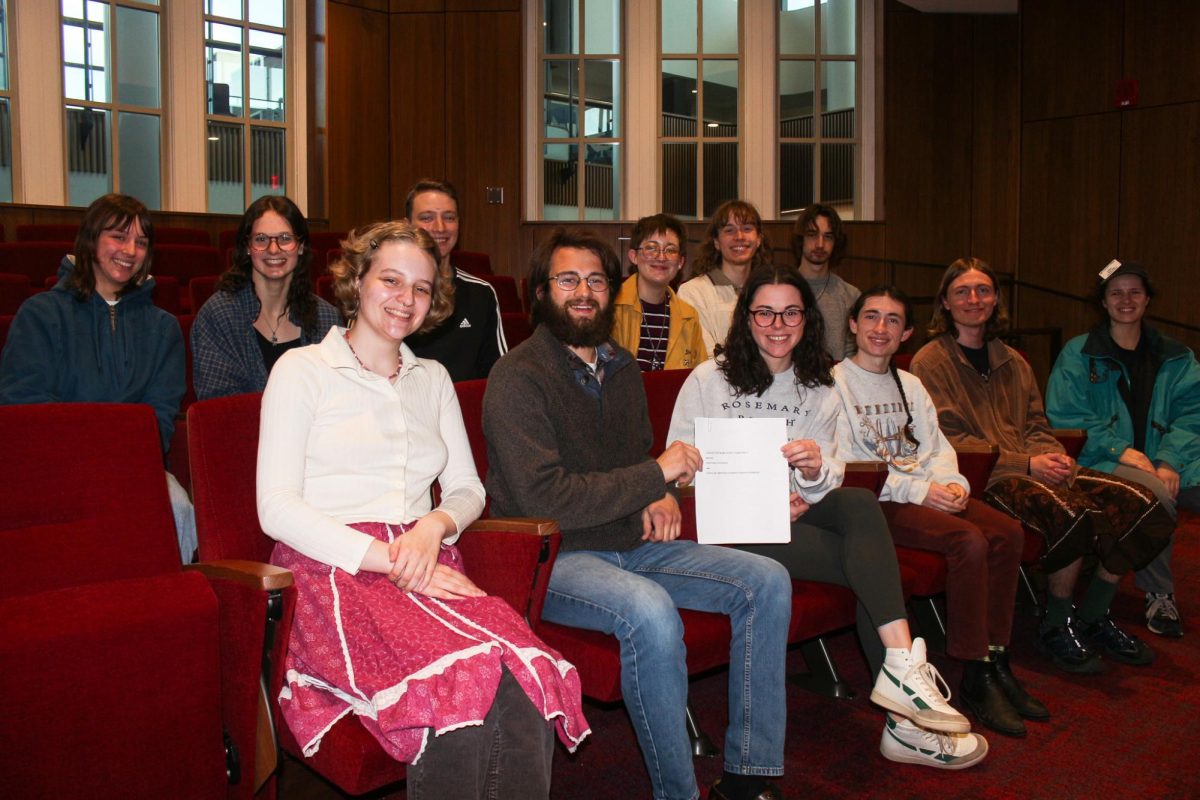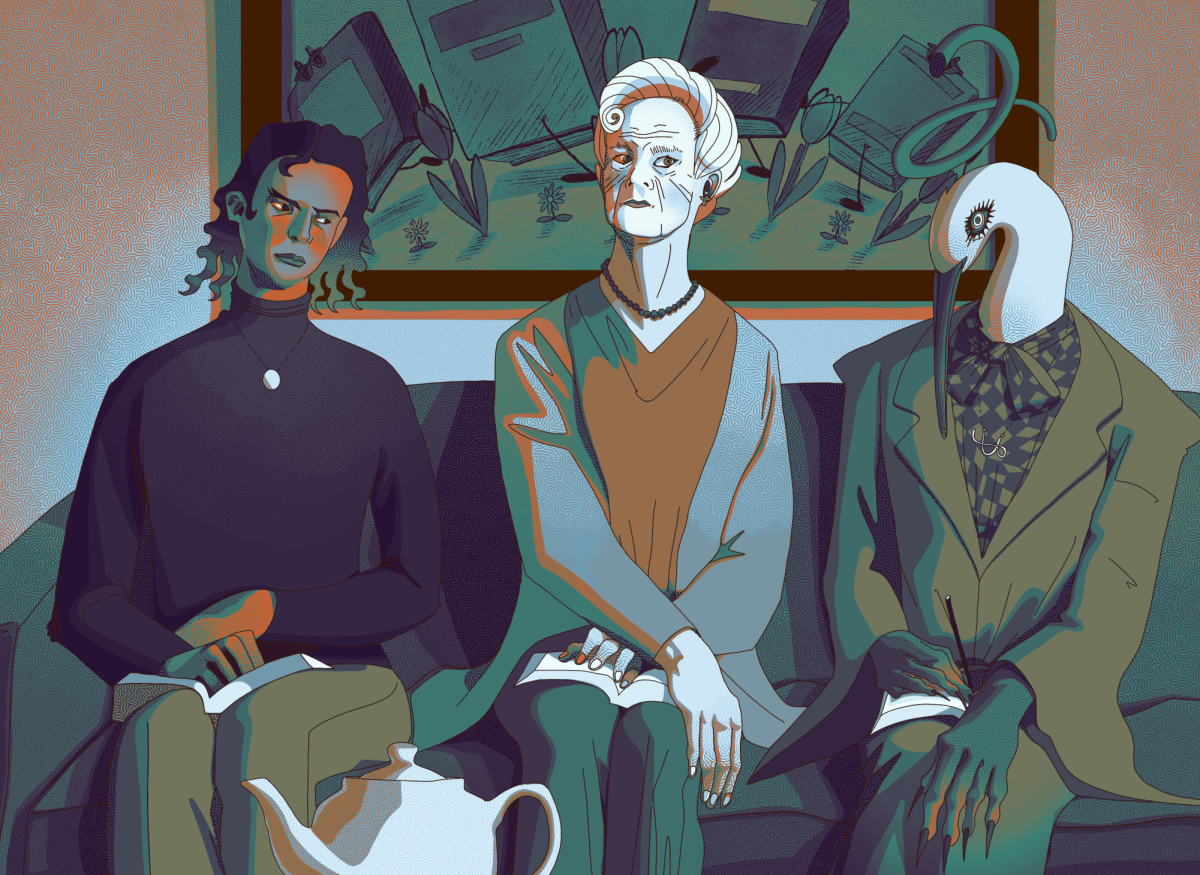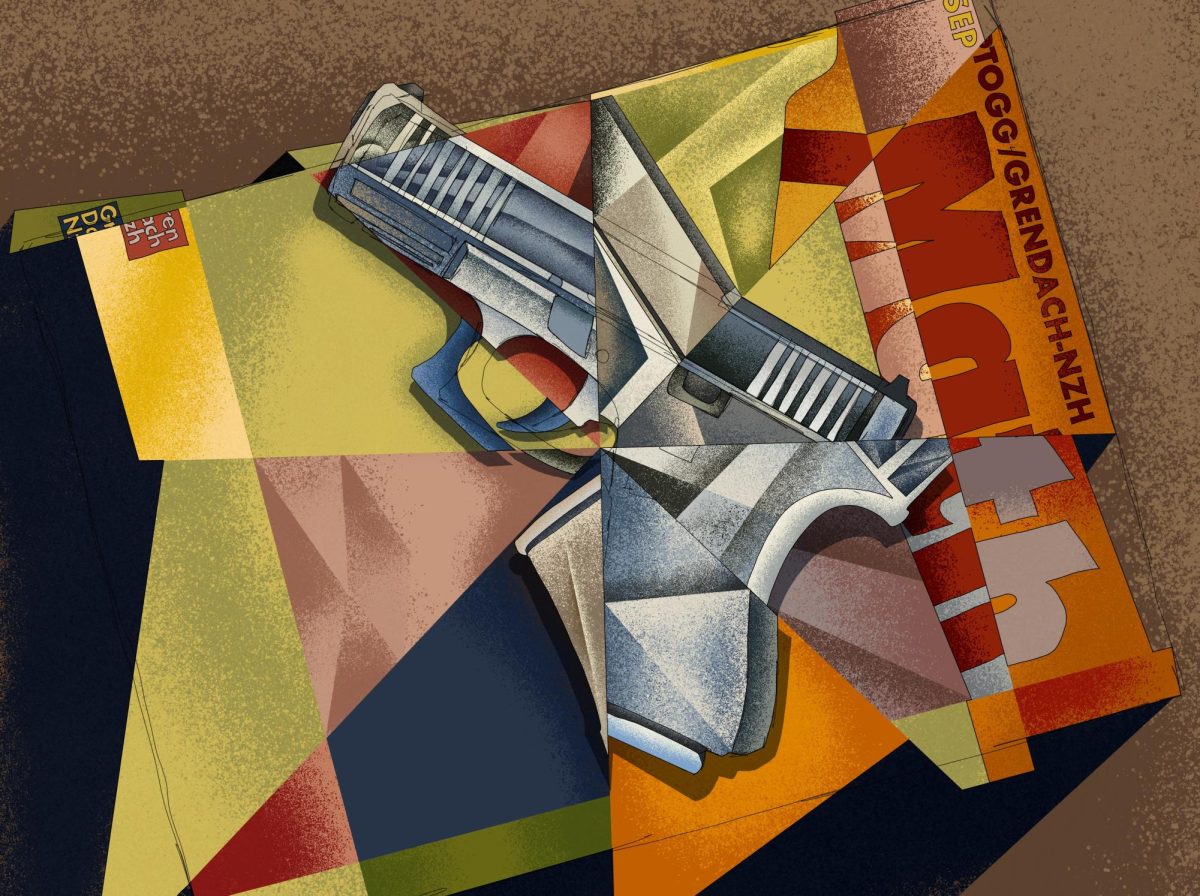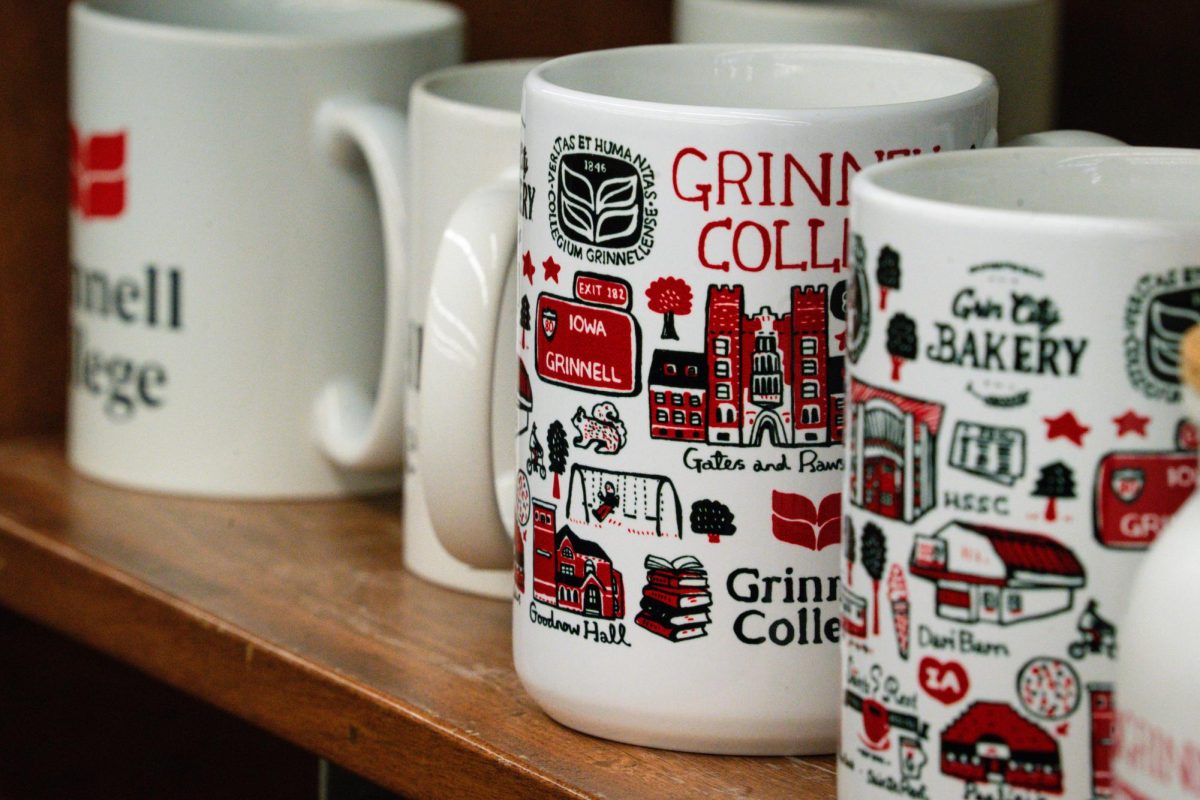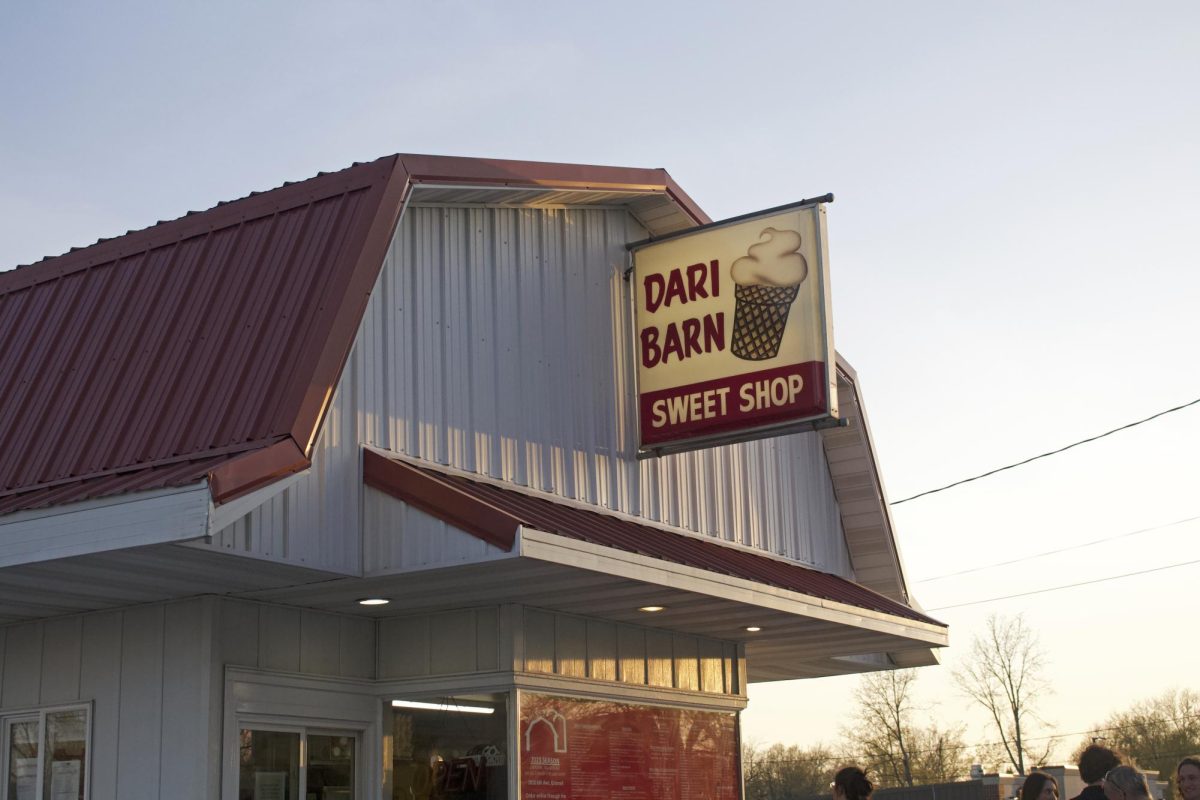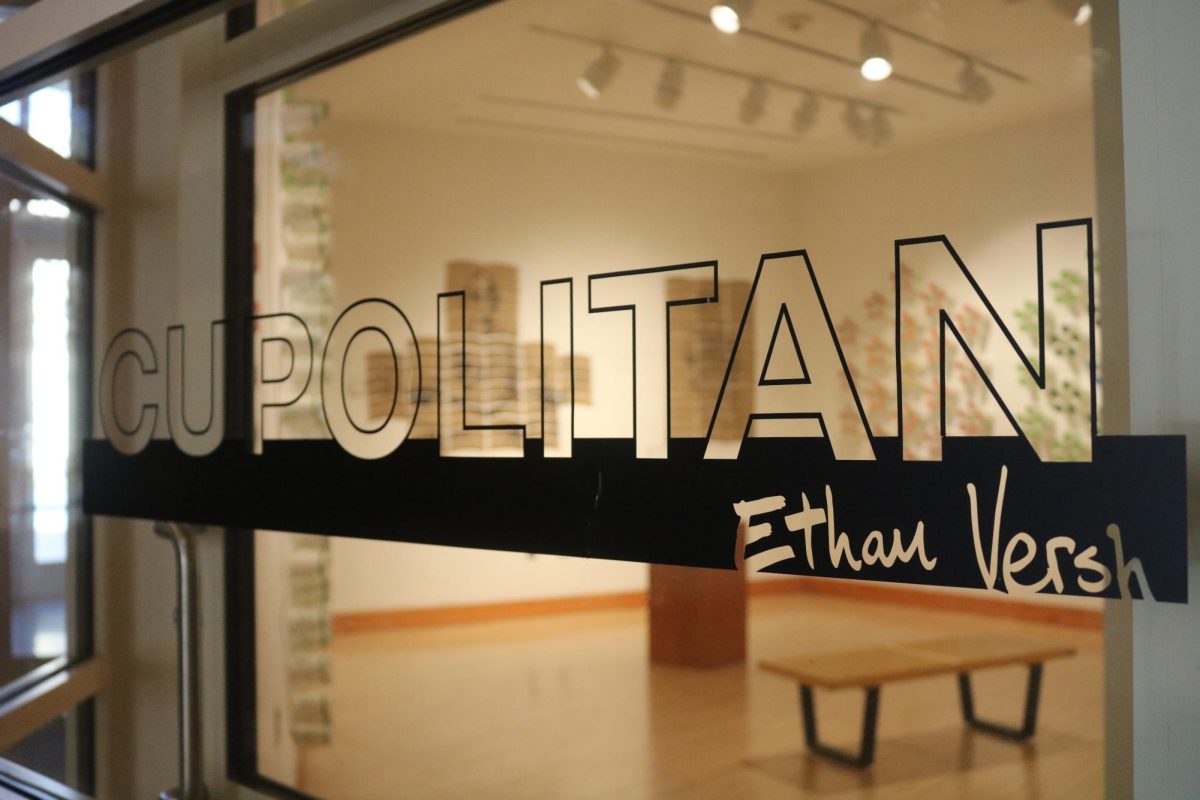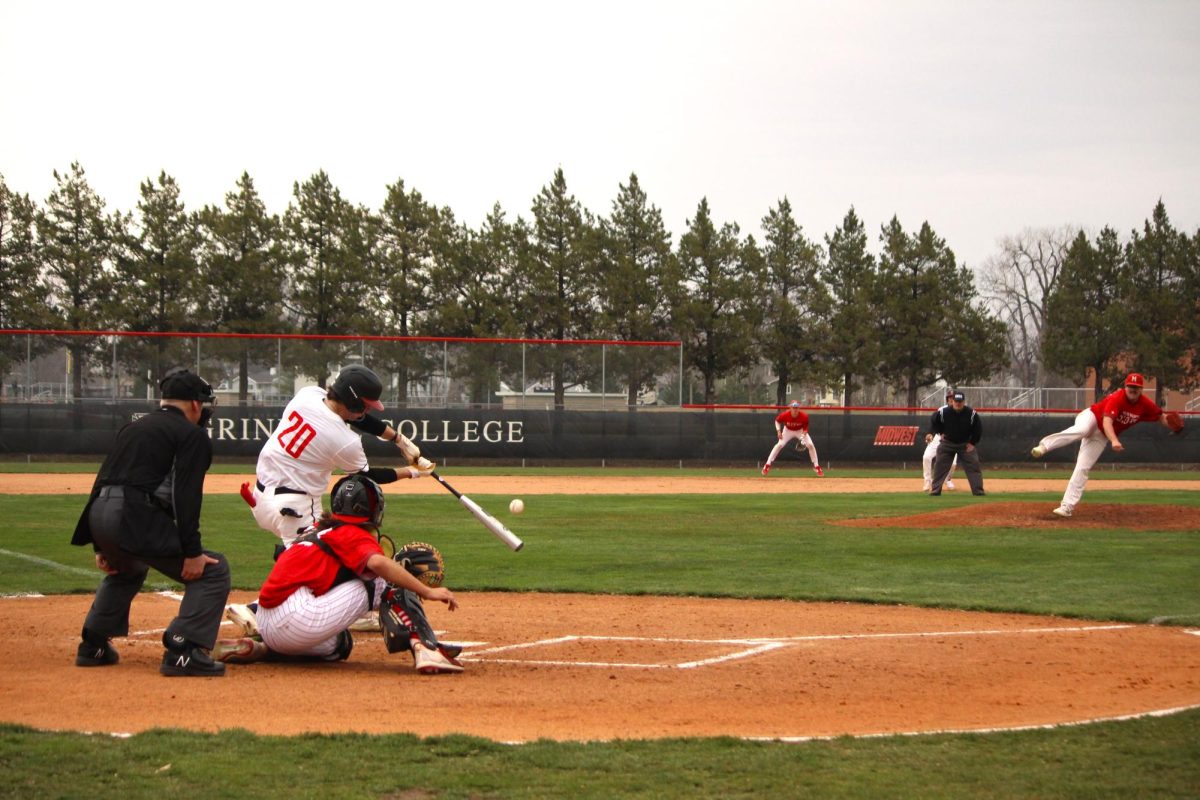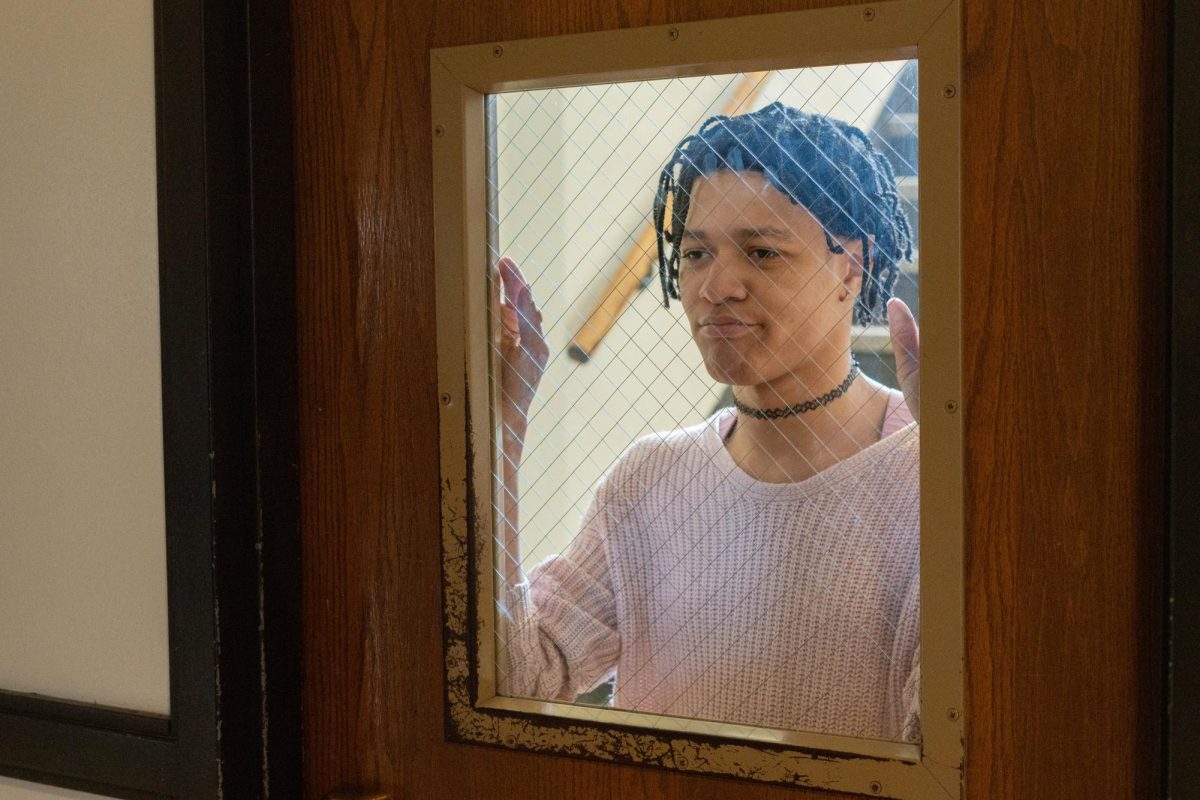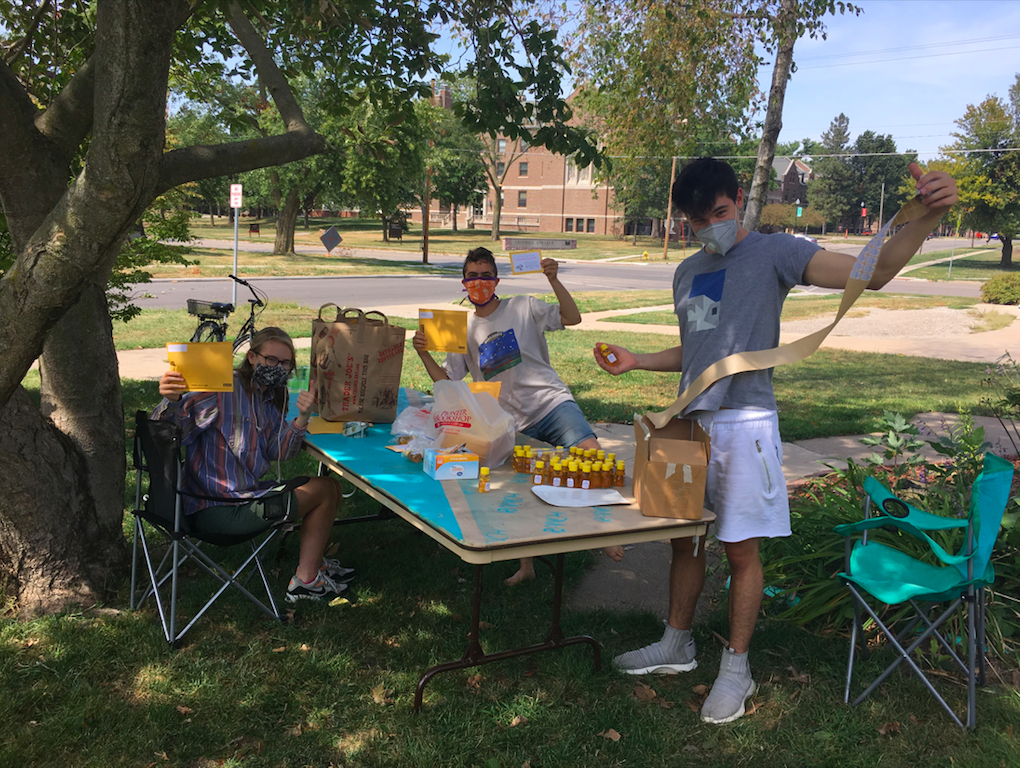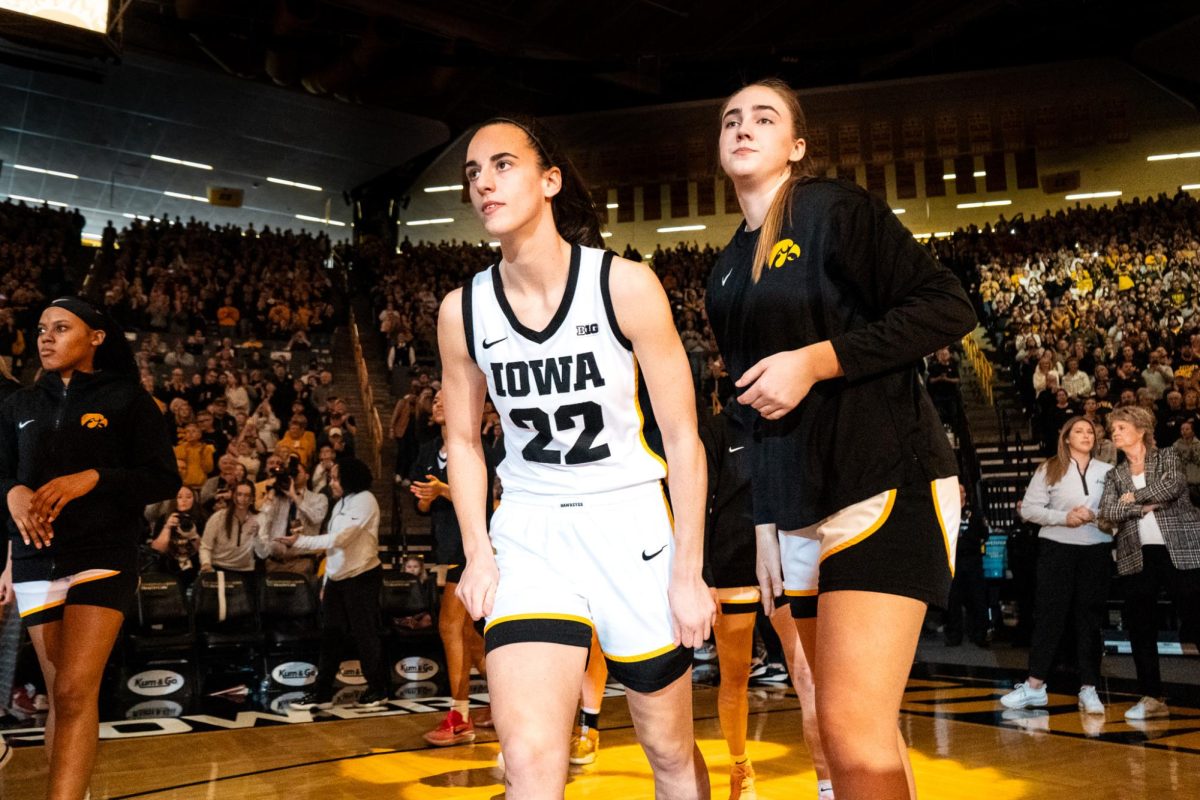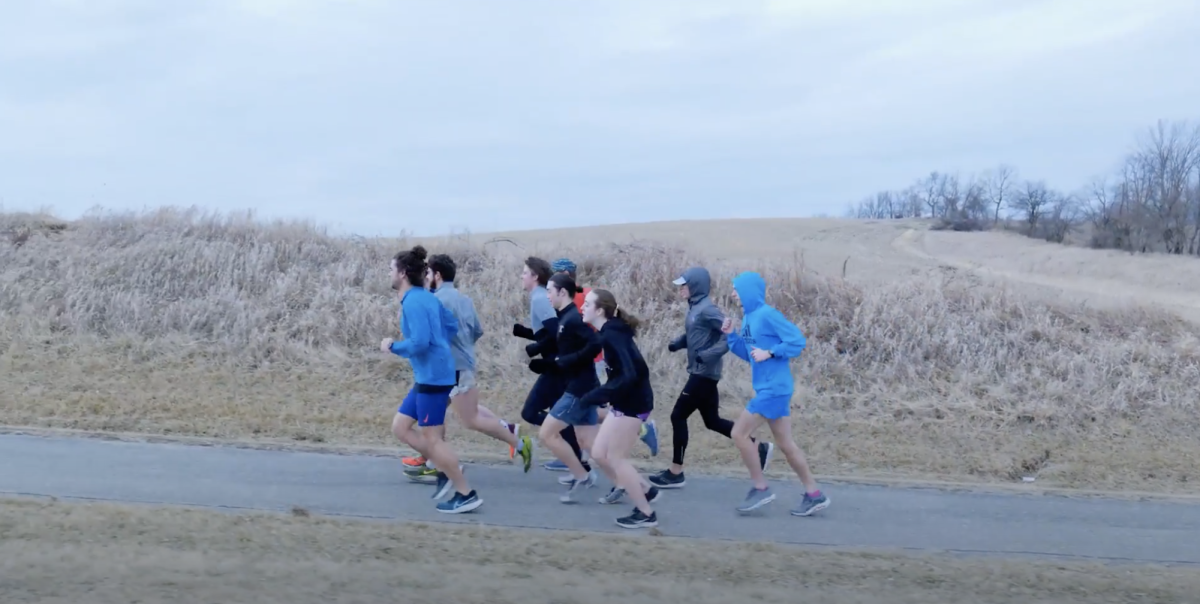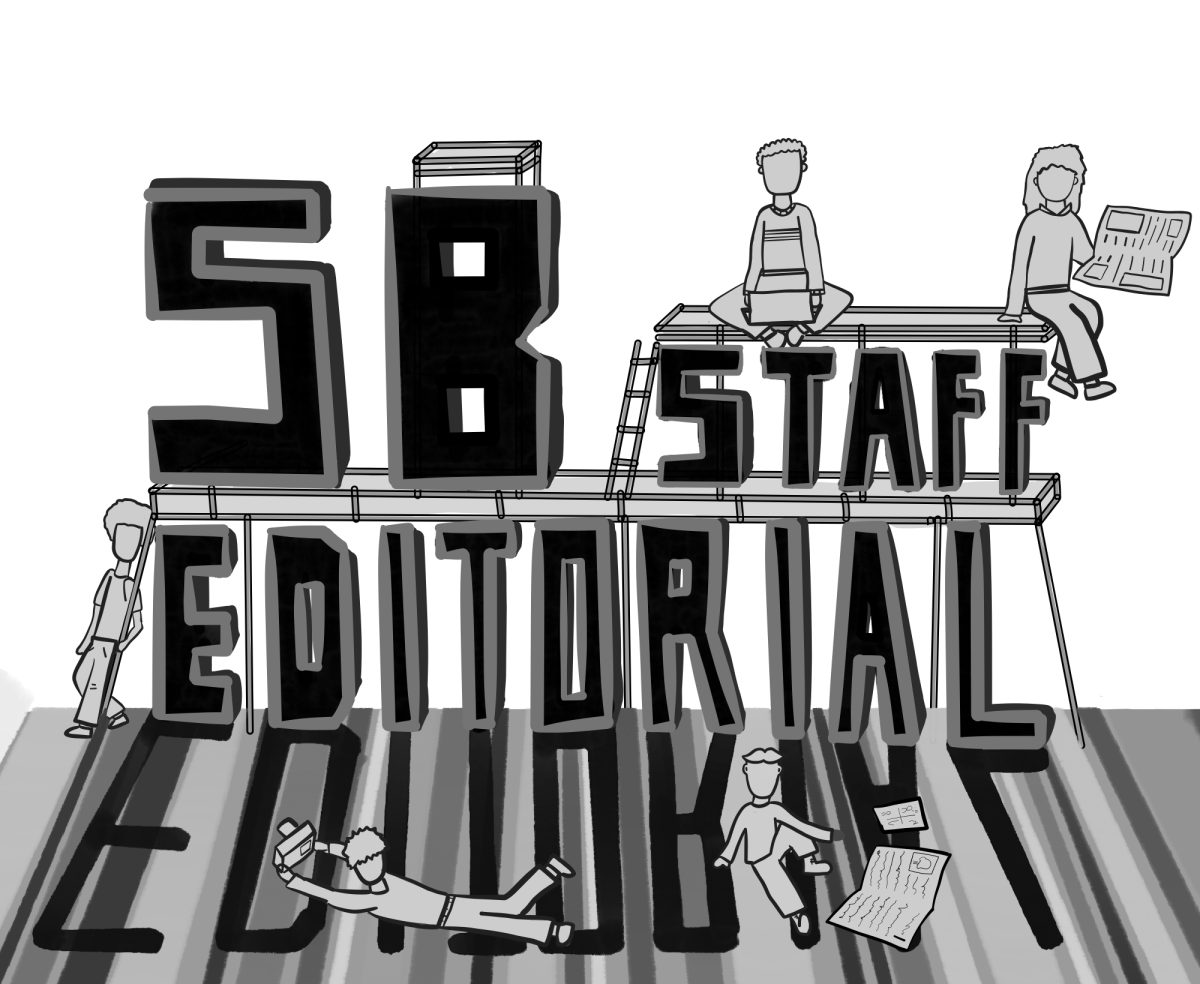In my last column before Fall Break, I wrote about the first Native American and European agricultures in Iowa. Both were quite different from the industrial agriculture of today, which dominates Iowa, the Midwest and most of the country’s agricultural land. The main difference is that those farms were diverse and they produced food. Even the farms of the late 19th and early 20th century, which were increasingly oriented towards selling grain and eventually mechanized by tractors, usually retained crop diversity, vegetable gardens and a variety of animals. That’s not to say that farmers, especially in drier areas, did not abuse the land.
The Dust Bowl of the 1930s, brought on by a combination of drought and bad farming practices, happened before the introduction of the hallmarks of industrial agriculture: hybrid/genetically modified seeds, chemical pesticides, herbicides and synthetic fertilizer. And the kind of food system we have today, where year-round produce is available from Florida and California, was already developing during this time, enabled by the introduction of the refrigerated rail car in the late 1800s. Brooklyn and Queens, two boroughs of New York City, used to have some of the most productive vegetable land of any place in the country. In these boroughs, so-called truck farms or market gardens provided the vegetables for the people living in the city (as was the case across the country at this time). These farms eventually disappeared in the early 1900s because they could not compete with produce from the American South, shipped north on refrigerated rail cars.
The most dramatic changes in Iowa agriculture, however, took place starting in the 1930s. Although more and more land was being planted with corn, as wheat was falling out of favor in Iowa by the late 1800s, the yield of corn per acre planted was flat from 1880s to the 1930s. That all changed with the introduction of hybrid corn. I think it’s a serious oversight of Grinnell education that most students outside of biology leave here never learning what makes a seed a hybrid and why that’s important. Hybrid corn revolutionized agriculture in Iowa.
Hybrids, in overly simple terms, are the result of human-induced cross-pollination between two varieties of the same species of plant that have been intentionally inbred (self-pollinated). The initial hybrid of this cross is then cross-pollinated with another hybrid to create a “double-cross” hybrid. The “double-cross” hybrids produce very high yields (known as “hybrid vigor”) but this comes as at a trade-off: seed from hybrid plants is sterile, or if it does grow the resulting plant is inferior to the original hybrid. What this meant for farmers was that they could now buy seed that would give them much higher yields, but they could not save seed from one season to plant the next season. The act of saving seeds had been a part of agriculture since its beginnings thousands of years ago and it was crucial way that farmer’s retained diversity—each farmer had their own supply of seed. Farmers now had to buy the same seed the next year from the seed company. Over the course of the 1930s, nearly all farmers in Iowa adopted hybrid corn seed and stop growing the old, open-pollinated seeds.
When I first came to Iowa I didn’t understand how industrial agriculture and family farming could coexist. Didn’t industrial agriculture mean the farm was run like a factory, with a company controlling the land and hiring workers to do the labor?
As it turns out, this type of farming or corporate agriculture does exist, especially in vegetable and fruit producing areas like California and Florida, but it is not how most farms are run in Iowa. Most farms here are owned by families or individuals, or at least worked by families or individuals who rent the land from an absentee landlord. They do, however, practice industrial agriculture, which means that they buy all their inputs like seeds, fertilizers, pesticides and herbicides from large companies and then sell their corn and soybeans to processors who will turn them into animal feed, industrial products (paints, inks, lubricants, etc.) and processed food (i.e. high fructose corn syrup and partially hydrogenated soybean oil).
All up and down rural roads throughout Iowa you can see signs showing the variety of hybrid seeds being grown and the various seed companies that supply farmers. Most recently genetically modified seeds, patented by corporations and “leased” to farmers who can be prosecuted for saving seeds or allowing the company crop to pollinate the wrong field, have become ubiquitous. These are family farms, usually, but they are not the family farms of a hundred years ago. Seeds are only one part of what is different. In my next column I will describe another side of industrial agriculture—synthetic pesticides, herbicides and fertilizer.
